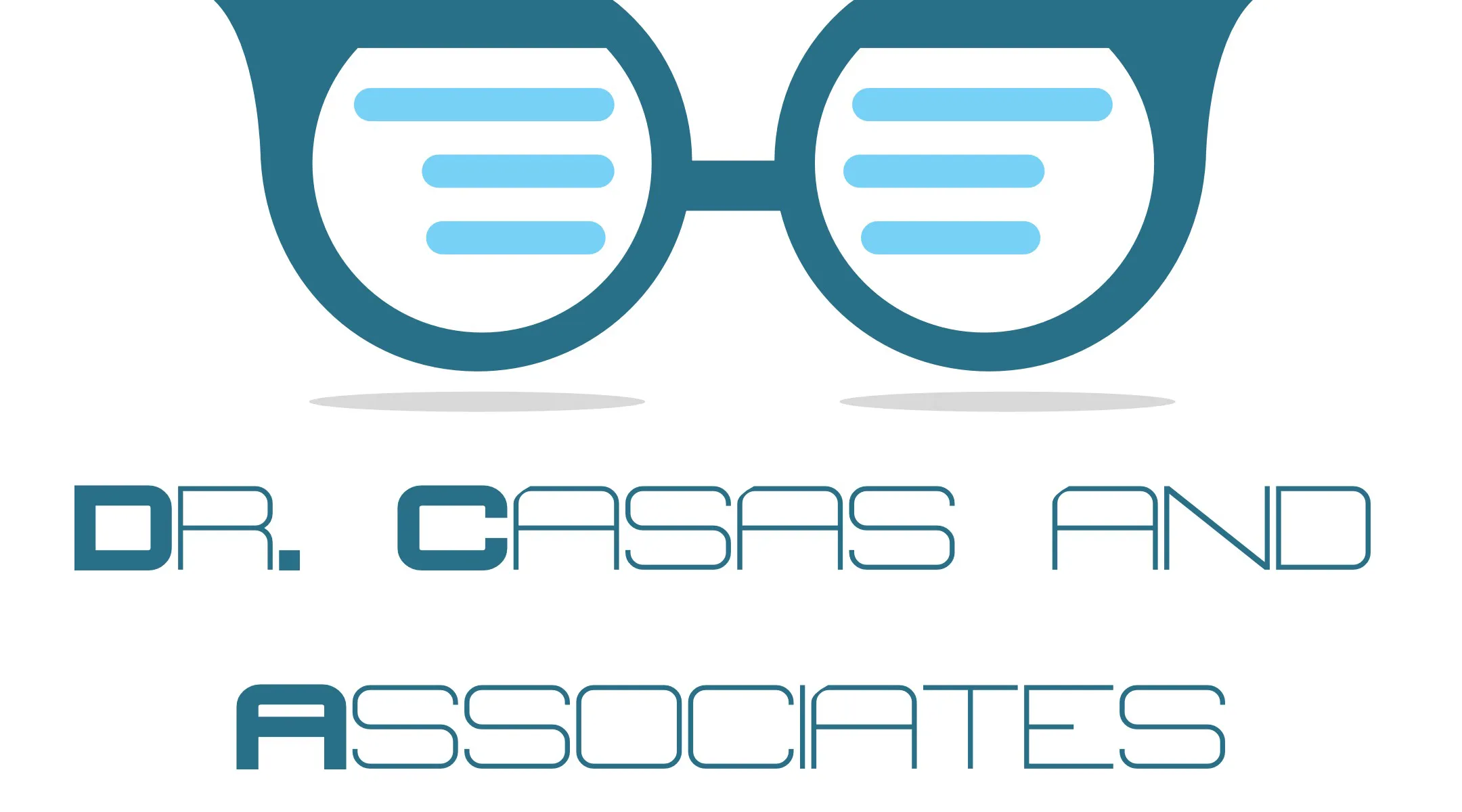
Is Vision Care Part of Your Back-to-School Routine?
If your son or daughter's calendar doesn't include a visit with the eye doctor, he or she may not be prepared to handle another school year. Changes in your child's vision over the summer could cause vision problems that may interfere with learning. In addition to checking the sharpness of your child's vision, your optometrist also looks for subtle conditions and diseases that could affect his or her eyesight.
Why Good Vision Is Important for Academic Success
A complex interaction between the brain and the eyes makes learning possible. The eyes send electrical images to the brain, which turns them into recognizable images. If your child has a vision problem, the brain struggles to create clear images. As a result, reading, writing and even completing math problems can be difficult.
Once images are processed, they're stored in short- and long-term memory. In some cases, poor vision can interfere with the storage process, leaving gaps in your child's memory. He or she may struggle to remember a spelling word or recall history facts during a test, despite studying for the exam.
Vision issues can also cause eyestrain, headaches and fatigue, which make completing schoolwork uncomfortable. Does your child struggle to pay attention in class? Although this may seem like a behavioral problem, an issue with vision may be to blame. When your child can't see well or the words seem to jump or move on the page, he or she may become frustrated and may not be able to finish assignments or follow along with the words in the textbook.
Common Vision Problems in Children
Children can experience a variety of vision problems, including:
- Refractive Errors. Myopia (nearsightedness) and hyperopia (farsightedness) can make words, people and objects look blurry. Some children also suffer from astigmatism, a refractive error that causes blurry vision at any distance due to an imperfectly shaped cornea. School vision screenings don't always detect refractive errors. Up to 75% of vision problems are missed during school screenings, according to the American Optometric Association.
- Strabismus. Commonly called "crossed eyes," strabismus occurs when the eyes are misaligned. Even a minor, virtually unnoticeable difference in alignment can affect your child's vision. Strabismus symptoms include double or blurry vision, eyestrain, poor depth perception and sensitivity to light. Kids who have strabismus may tilt their heads or the book when reading.
- Amblyopia. The brain ignores information from one eye if your child has amblyopia or "lazy" eye. Amblyopia can happen if your child has strabismus, but can also be caused by cataracts or uncorrected refractive errors. Children who have amblyopia may also experience poor depth perception and double or blurry vision or tilt their heads to see. Other symptoms include squinting and eye rubbing.
- Other Vision Problems. Issues with eye teaming, eye tracking, focusing, hand-eye coordination, depth perception and other problems may also affect your child's vision.
How You Can Help Your Child Prepare for School
These tips can help you ensure that your child is ready for the new school year:
- Limit Screen Time. Too much time playing video games, surfing the Web or texting can cause eyestrain, red eyes and fatigue. The American Academy of Pediatrics recommends no more than an hour of screen time for kids ages 2 to 5 and suggests parents of older kids set their own limits.
- Follow the 20/20/20 Rule. Frequent breaks help your children avoid eyestrain. Encourage your kids to look at an object 20 feet in the distance for 20 seconds every 20 minutes.
- Wear Protective Eyewear. Make sure your young athletes wear goggles or protective safety glasses when practicing or playing sports.
- Make an Appointment with the Optometrist. Schedule a visit with the eye doctor before the first day of school or during the first few weeks of the new school year. If your child does have a vision problem, correcting it as soon as possible may help improve his or her academic performance and make schoolwork less stressful. Does your child already wear eyeglasses or contact lenses? Vision can change often during childhood. Yearly exams help you ensure that your child's eyeglass prescription is up to date.
Does your child need to see the optometrist? Call our office to schedule his or her back-to-school appointment.
Sources:
American Optometric Association: School-Aged Vision: 6 to 18 years of Age
National Eye Institute: Amblyopia (Lazy Eye)
American Academy of Pediatrics: Media and Young Minds, 2016
American Optometric Association: Strabismus (Crossed Eyes)
All About Vision: How Vision Affects Your Child in School, 3/24/2022
